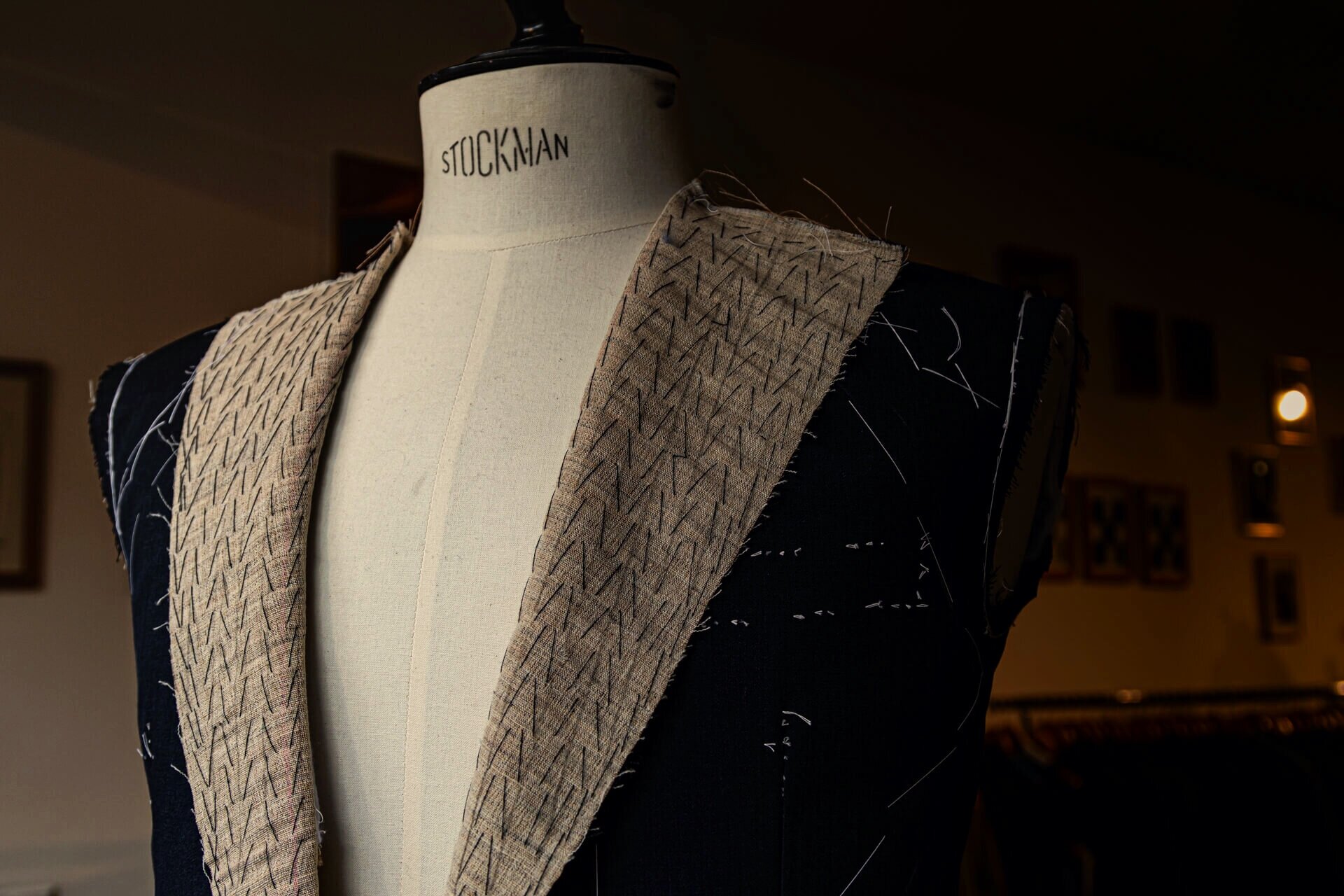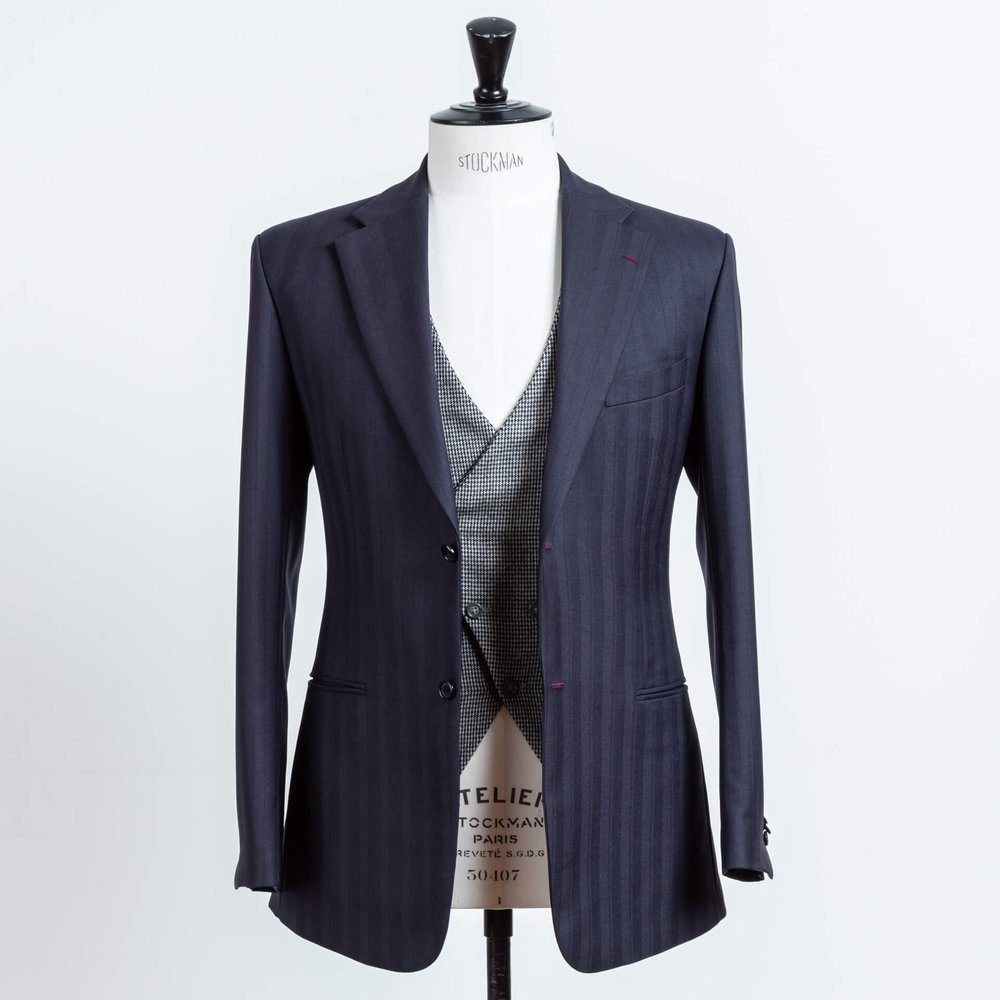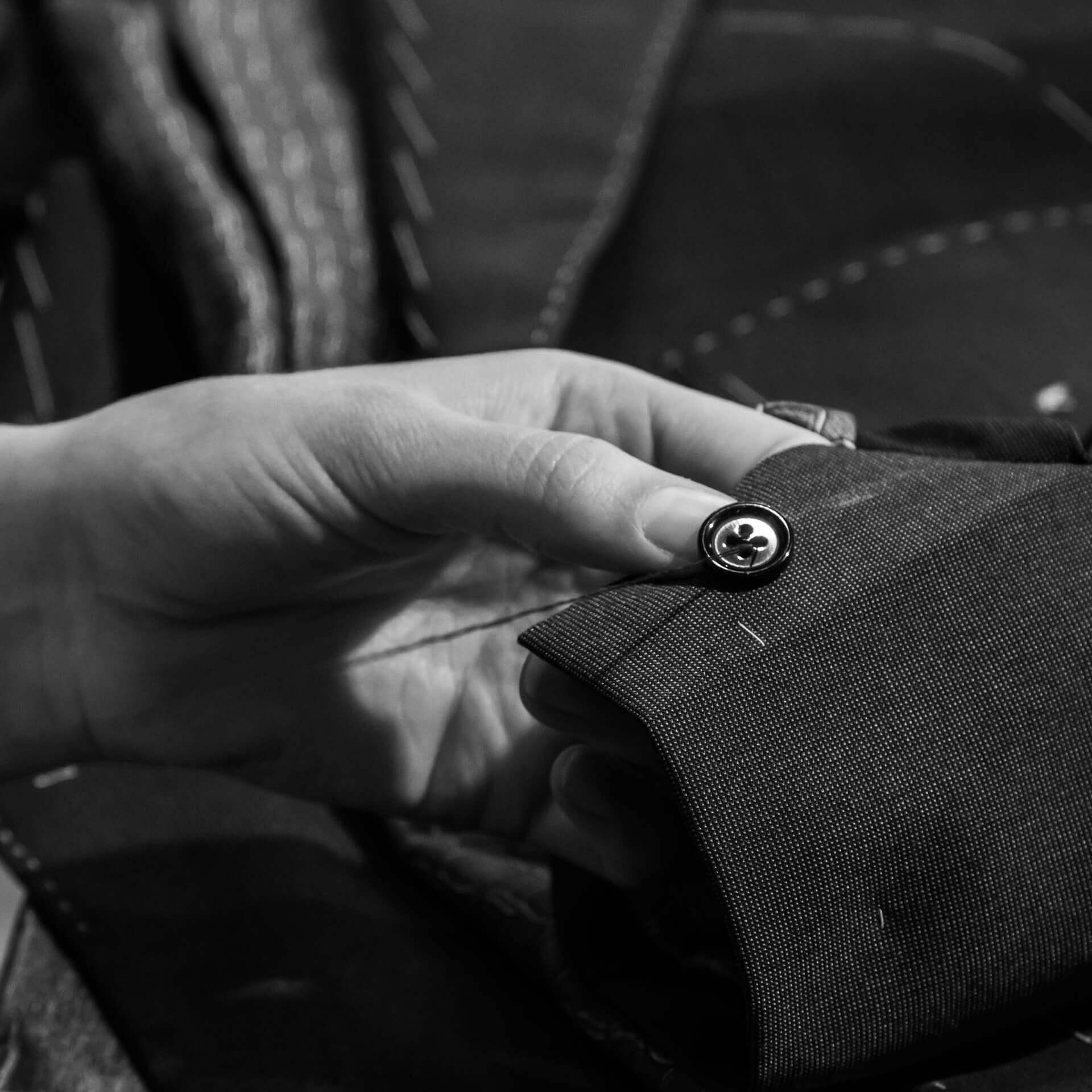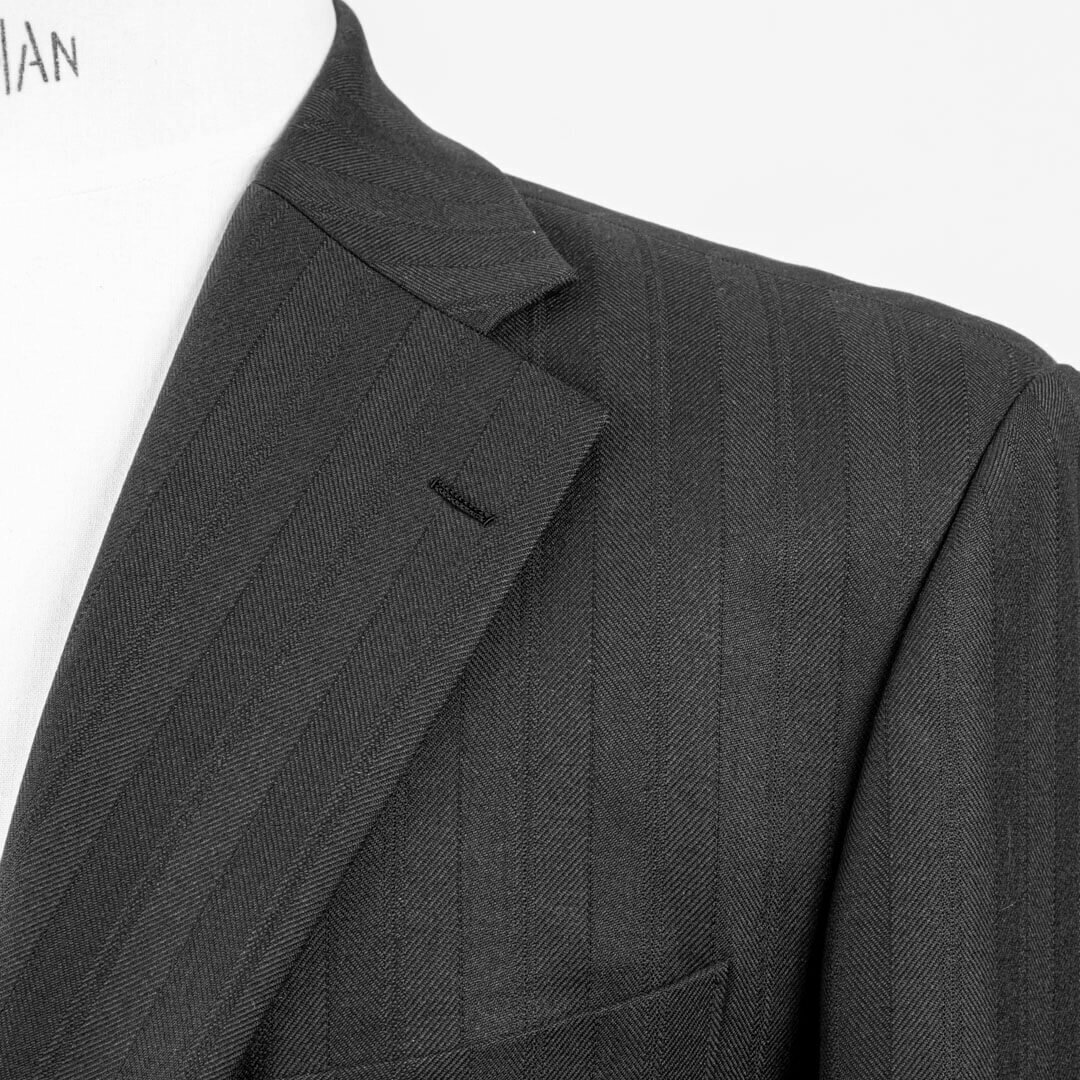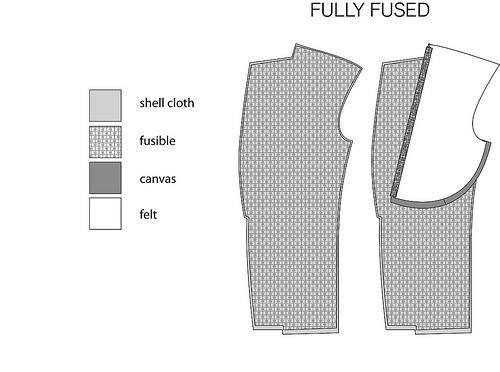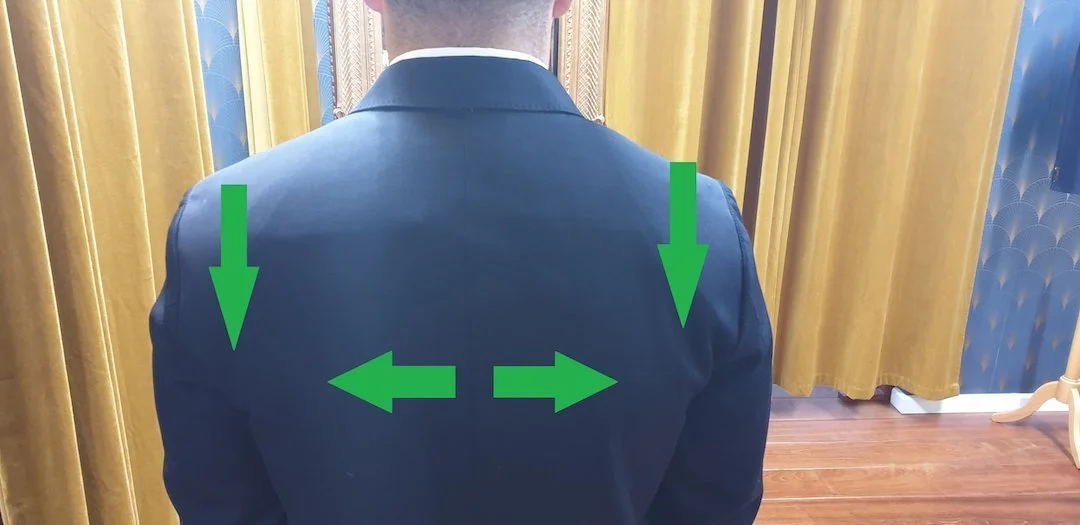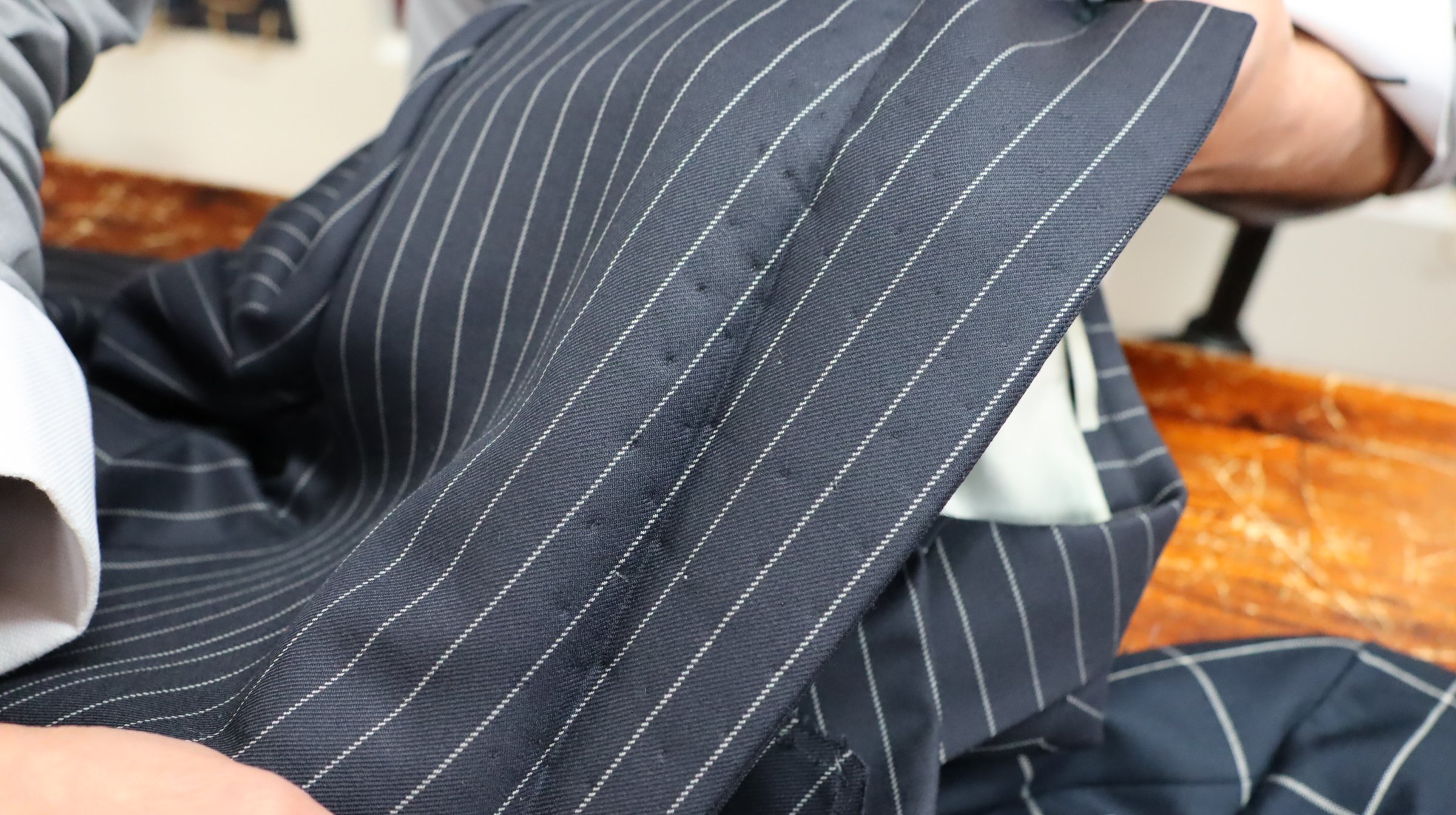How we work: De Oost Bespoke Tailoring
Lees dit artikel in het Nederlands
1. What does an appointment for your bespoke suit looks like?
2. How is a suit tailored?
3. How long does it take to tailor your garments?
4. The construction of your suit: Full Canvas, Half Canvas, fused, unlined, deconstructed or different?
Welcome at De Oost Bespoke Tailoring, a world of personal attention and tailoring craft. Having a bespoke garment made is an experience you could see as your personal sartorial journey. This need time, attention and the right expertise and experience in the field of tailoring and dressing people.
We would love to be your guide and advisor on this exploration. This way you become aware of all the facets influencing your clothing. And you uncover what fits you the best regarding measurements, models, styles, fabrics, colours and details. Our traditional method of tailoring makes sure your garment fits you physically, but more importantly, fits you personally.
1. Making Your Acquaintance
During the 1st appointment we will make your acquaintance and get personally familiar with each other uncovering your wishes and introduce you to our expertise and experience to inspire and inform you. Thereby, being well prepared is half the job done. Making it clear what you want, what it should look like and what you can expect from us. That is why is of importance to fill in our intake form.
A golden opportunity to acquire inspiration is to bring along a suit you own and browsing blogs and pictures. Look at different fabrics, styles, models, combinations and naturally, the feeling a certain image or garment invokes. This way you can clearly organise your wishes and demands and we can provide information an inspiration. Bespoke tailoring is 100% customisable, so do not hesitate to make your wishes and demands known.
2. Materials
The next step is making a selection of fabrics you like, but also provide the performance you are looking for. A fabric can have the colour and pattern you are looking for but could be too warm for your desired use. De Oost provides a wide collection of fabrics and linings. It is also possible to provide your own fabric, opening up opportunities to personalise your style even further by combining fabrics and styles.
3. Model
Next we will design a model for you which can accentuate or camouflage to your liking. This can be any desired style and model. With bespoke tailored suits, anything is possible. Ranging from the broadness of your lapel, the shoulder style, unique pockets and unlined or unstructured construction. Nothing is impossible as long as it is technically possible for our tailor to craft. Keep in mind, every car has 4 wheels, but a Ferrari is not a Fiat. We have many examples of models at the ready in our atelier. Have a look at our range of possibilities to gain inspiration.
Black Tie
Business Casual
Classic Formal
Ladies Shirts & Blouses
Ladies Suits & Jackets
Overcoats & Coats
Shirts & Dress Shirts
Trousers
Waistcoats
Wedding Suits
4. Measurements
When you have everything sorted regarding materials and model we will start with the blueprint of your garment which is the personal pattern. Your measurements will be taken by advisors with years of experience in this field. People who know how fabrics, measurements and model relate to each other and how these can be constructed into a garment. This creates a balance, on of the most important factors for those who wish to dress well. Broad lapels are beautiful, but when this makes your face appear to be too small we should think of something different. When taking your measurements we not only focus on the physical proportions, but also your modus operandi e.g. that which makes you feel unrestricted and free. On the basis of these factors we decide the fit and balance in your garments. What we view as too loose, you could see as too tight. After these steps we will start with tailoring your garment in the traditional bespoke way.
5. Fitting and Alterations
An important step is the fit that takes place after 4/5 weeks in which you will wear the garment for the first time. We will address everything step by step regarding measurements, finishing and fit. This will be then altered in our own atelier and will be ready after a couple of days for the next fit. We document any alteration made so your measurements are always up to date when you have a new garment tailored. After the alterations we will step in front of the mirror again and we will yet address every aspect again, and when necessary further alterations will be made. It is also possible to wear your garment first have them altered later.
1. Measurements: When the cut and the style of the garment are agreed over 27 measures and configurations are noted.
2. Drafting a Pattern: After the cutter has drafted the individual’s pattern, it is then cut out and chalked onto the cloth.
3. Cutting the Cloth: Follows on from the pattern being chalked onto the fabric. Each part of the pattern laid in order to ensure that checks and stripes will neatly line up.
4. Trimmings: After cutting, the linings, pocketing, canvasses, buttons and other parts of the garments are put together with the cloth in preparation for making.
5. The Baste: When individual parts of the coat (jacket) are sewn together ready for the first fitting.
6. Alterations: A new pattern is cut, accounting for any alterations noted in the first fitting. The baste is then ripped down, remarked using the new pattern, and re-cut.
7. Forward Construction: Structural work is carried out on the coat by the tailor in preparation for the second fitting.
8. After the second fitting: Further alterations are made and the garment is finished and pressed. Button holes, felling and edge stitching are completed, all by hand. The coat is then pressed before the last fitting. Clothing is then pressed a final time before delivery.
Tailoring time :
Suit 3-piece: 40 hrs +
Jacket: 25 hrs +
Trousers: 8 hrs +
Waistcoat: 8 hrs +
Shirt: 8 hrs +
There are several construction methods for the tailoring of a suit, jacket or overcoat. We wil explain the 4 different methods De Oost uses and the differences between them.
To create added value for your self and the people you meet we would like to enlighten the role canvas plays when tailoring a suit. The correct use and processing of the canvas makes the difference in comfort and appearance.
Canvas often is a mixture of wool, cotton and primarily horse and camel hair. The big advantage of working with animal hair is that these can be formed by using moisture, pressure and heat. Think of a lady who had her hair styled with a curling iron to form and give body to the haircut. Thereby, horse and camel hair is light and very strong. The hair from the manes are the most soft and supple where the hair of the tail is more rugged and stiff. The real connoisseur has his or her canvas specially made tuned to the specific garment, fabric, desired drape and fit. For example, it is possible to make the canvas “virtually fluid” by giving it a special mineral bath altering the characteristics of the materials used. Different types of fibres in combination with wool and cotton are woven to create different qualities of canvas. This in combination with the hair canvas forms the foundation to build your suit on.
The woollen canvas forms the most important layer of the suit, furthermore, smaller pieces of canvas or rolled-up hairs are added to give structure to the chest and shoulder. So has each tailor their own tools of the trade to add their signature to the garments they craft. These canvases are then covered with a layer of felt, domette or flannel in order to prevent the rugged hairs from chafing. It is possible, depending on the weave of the fabric used and the stiffness of the hairs, that the hairs protrude through the fabric. This is however easily solved by trimming the hairs.
Full Canvas Jackets
Traditionally, men’s suits were constructed with a layer of horsehair canvas underneath the wool fabric shell. This canvas holds the shape of the suit and keeps it from sagging or deforming, much like the foundation of a house keeps it upright. The canvas is cut to the jacket’s shape, then the wool is stitched to the canvas. Over time, as you wear the jacket, the canvas conforms to your body’s shape, creating an excellent fit.
The canvas lining allows the suit fabric to drape naturally, allowing a clean, well put-together look. It takes years of training and additional hours of handwork for a tailor to be able to craft this the correct way.
Half Canvas Jackets
Between the two extremes (fused and full canvas) lies a compromise – the half-canvassed jacket. Half-canvassed jackets have canvas material running only through the chest and lapels of the coat. Past that point, the jacket is fused.
Half-canvassed jackets have several benefits. First, they generally have a lower price than a similar fully canvassed jacket. Less handcraft means a lower overall cost to you. And because the top half of the jacket is not fused you’ll not run into any bubbling problems as you might in a fused jacket. This adds to the lifespan of the garment. Finally, the canvassing provides the proper base for the jacket to drape naturally across your chest, rather than appearing stiff and lifeless as many fused jackets do.
Unlined - Unstructured Jackets
When your suits aren't just for business and formal occasions then having them tailored Unlined or Unstructured is a good option. It gives the wearer the most natural look and freedom of personal expression.
By removing the interior lining, shoulder pads, and the canvassing, the jacket wears more like a shirt than a suit coat. This allows for more movement - comfort, a more casual appearance, and a more natural silhouette for the wearer - all of which help bringing the jacket down to the less formal level of the wardrobe. More often than not it is seen on lighter, summer-weight fabrics. Part of it because lighter weights of wool and materials like cotton and linen are more prone to wrinkle in the first place, another reason is that by removing the lining it allows the jacket to wear much cooler. Natural fibers breath but this is obstructed by the satin lining, even a light-weight jacket with a full-canvas construction wears much warmer in the summer.
Deconstructed - Fused Jackets
Many suit manufacturers no longer use a canvas interlining in their jackets. Rather, a fusible interlining is glued to the wool shell of the suit. And while this does an adequate job of keeping a jacket’s shape, it often creates an unnatural stiffness in the jacket, making a fused jacket appear lifeless compared to a similar canvassed coat.
What is sometimes problematic with fused jackets is the fact that the glue degrades over time, or may come unstuck during the dry-cleaning/pressing process. Where the wool detaches from the fused backing, the fabric ripples around the chest and lapels, a phenomenon known as “bubbling.”
Differences: In the full canvas Jacket, you can see how the jacket is composed entirely of cloth and horsehair canvas. The fabric is stitched directly to the canvas. In a half-canvassed garment, fusible extends the entire length of the coat. However, the garment is stitched to the canvas material, assisting in the proper shaping and providing life to the coat. In the fused jacket all the way to the right, the fusible interlining is glued the entire length of the coat.
Bespoke Tailoring is so much more then a method. It is about passion, respect and creating a unique experience. This so you look and feel as you wish and prefer.
